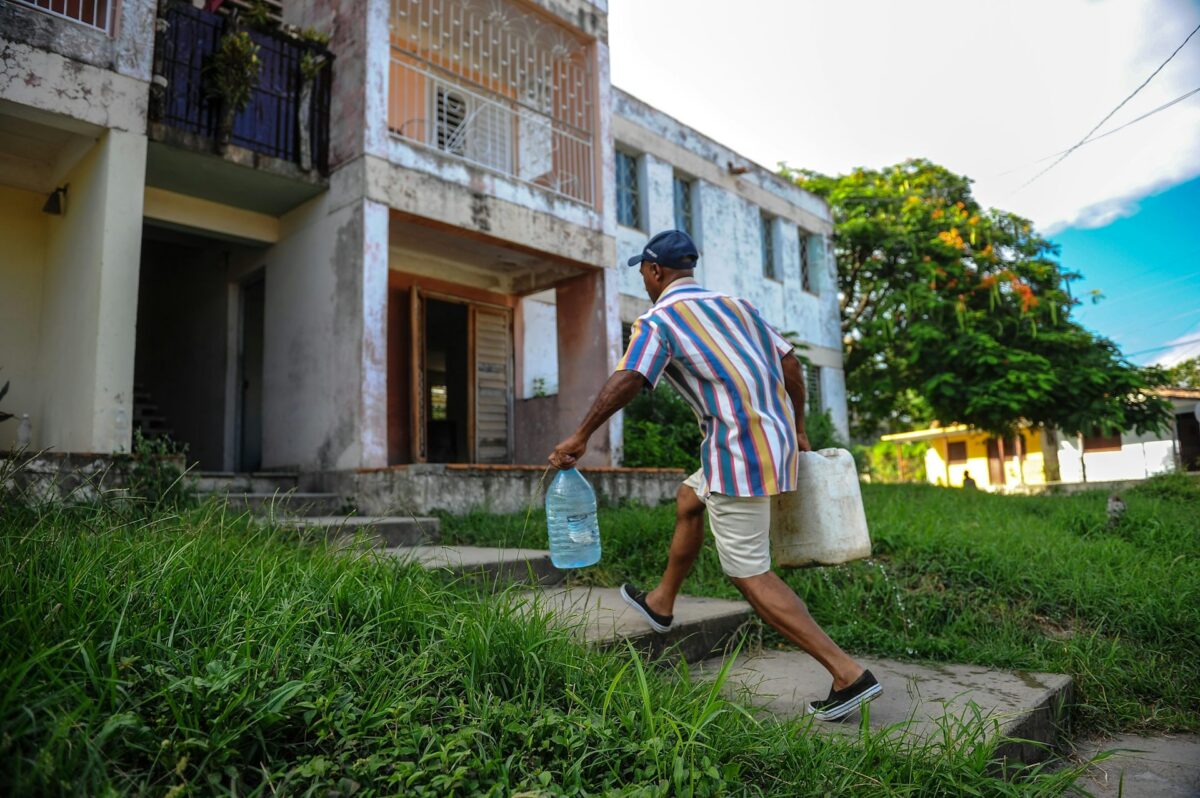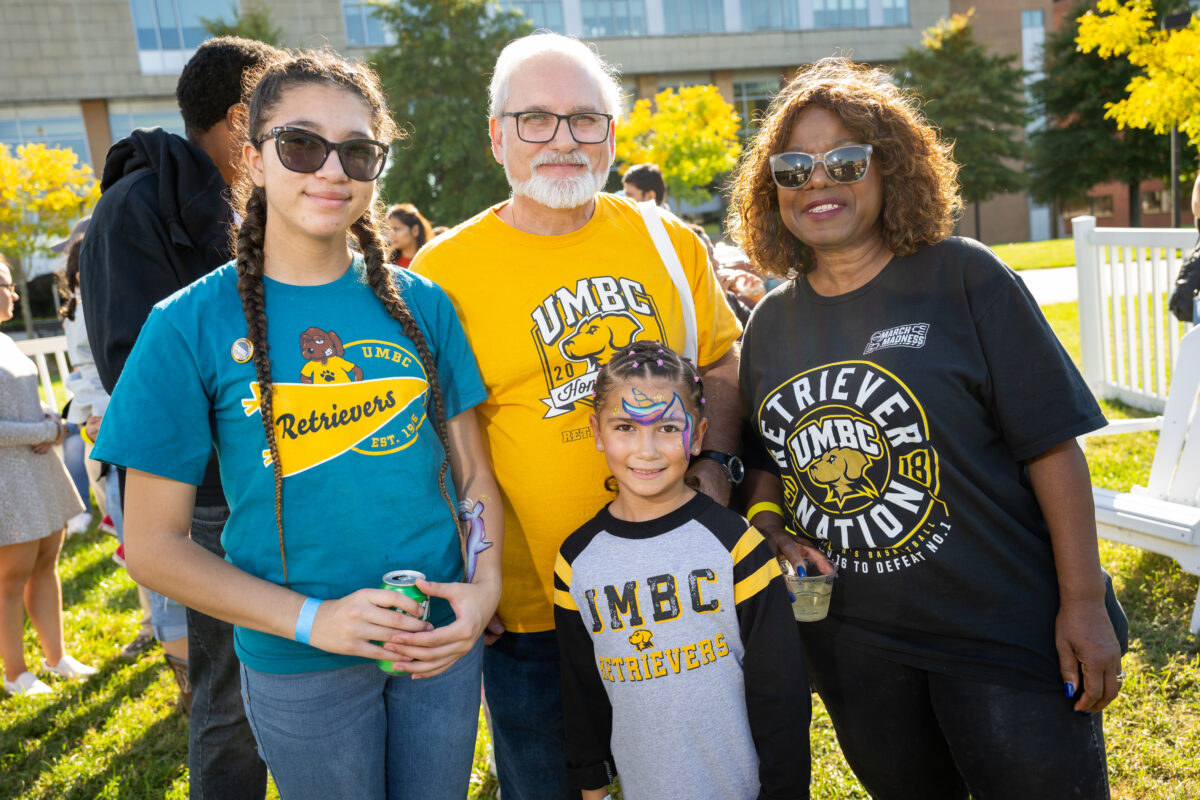A Tale of Two Nuclear Cities
Chernobyl is a household word for nuclear disaster; few Americans, however, know the story behind two fate-entwined cities in the U.S. and former U.S.S.R. which each emitted three to four times more radiation than the Chernobyl meltdown.
In April, UMBC history professor Kate Brown received a 2009 Guggenheim Fellowship to complete her book “Enriched by Plutonium: the tandem history of the secret cities plutonium built,” which aims to put these cities in the cross hairs of human history.
For nearly a half century, the cities of Richland, Wash., and Cheliabinsk-40 in Russia manufactured in secrecy the most volatile and lethal product in human history: Plutonium.
Brown hopes to shatter ideological assumptions cultivated during the Cold War by exploring remarkable similarities between the American and Soviet plutonium cities.
Top secret, highly restricted and socially engineered, these government-run communities developed on parallel paths into model cities. Each received awards for planning, community development and education. At the height of Cold War tension, some politicians feared Richland was too “socialisitic”, while some Soviet officials called Cheliabinsk-40 too “materialisitic” and “bourgeois.” Both suffer a deadly legacy of radioactive contamination.
“I will argue that in creating the means to destroy each other, the two cities came to resemble one another,” Brown said.
Brown has interviewed dozens of residents and plant operators in both cities and has accessed U.S. federal government and Communist Party personal archives. After making one more research trip to the Urals in Russia this summer she plans to complete her book by the end of the Guggenheim Fellowship year.
Sixty-two disciplines and 68 academic institutions are represented by 2009’s Guggenheim Fellows. Since its establishment in 1925, the Guggenheim Foundation has granted more than $273 million in Fellowships to nearly 16,700 individuals, including scores of Nobel, Pulitzer and other prizewinners.
Brown studies and teaches Russian and Eastern European History, focusing on ethnicity and nationalism. Her recent book, A Biography of No Place: From Ethnic Borderland to Soviet Heartland won the American Historical Association’s prestigious George Louis Beer Prize. Brown is the recipient of fellowships from numerous institutions, including the Woodrow Wilson International Center for Scholars and the Social Science Research Center.
(5/1/09)
© 2007-08 University of Maryland, Baltimore County 1000 Hilltop Circle, Baltimore, MD 21250 410-455-1000


